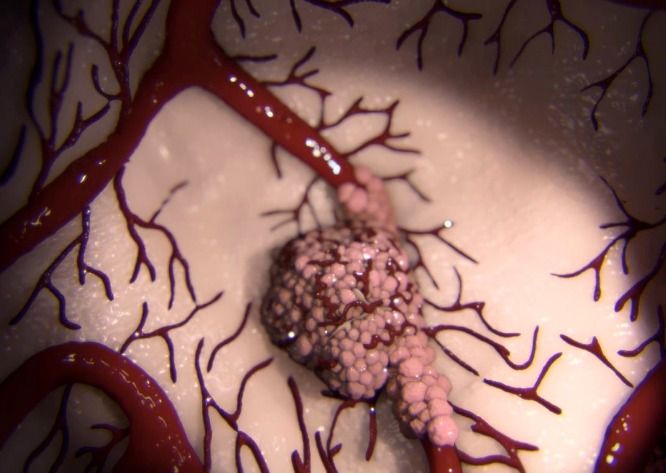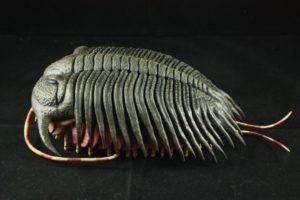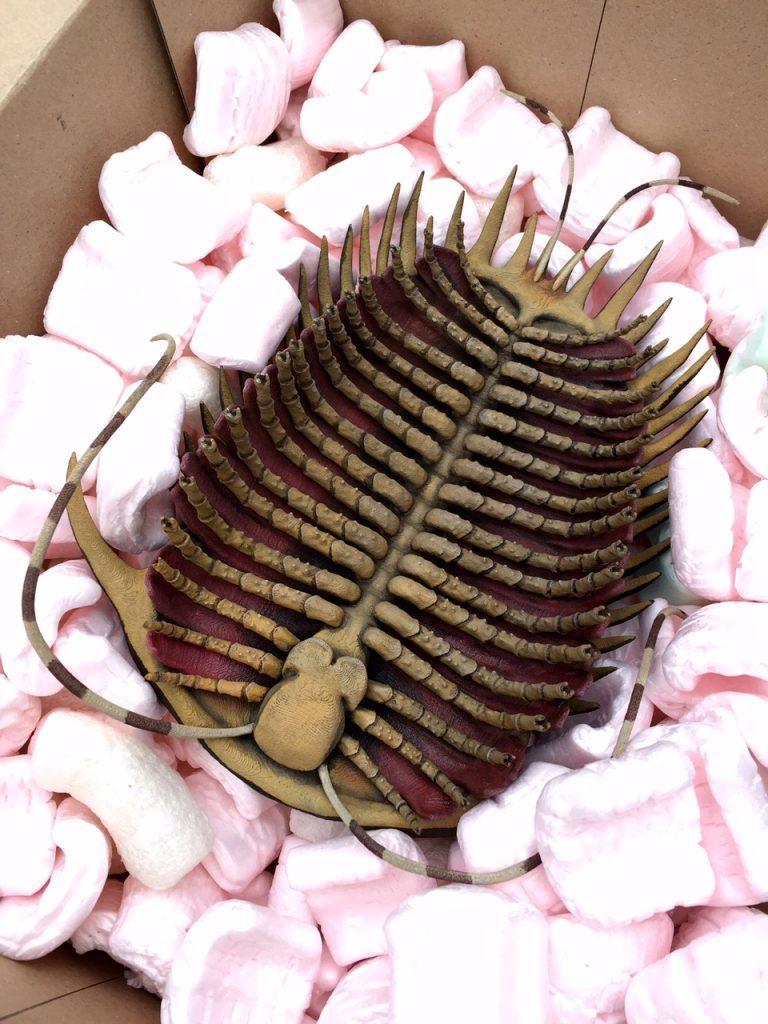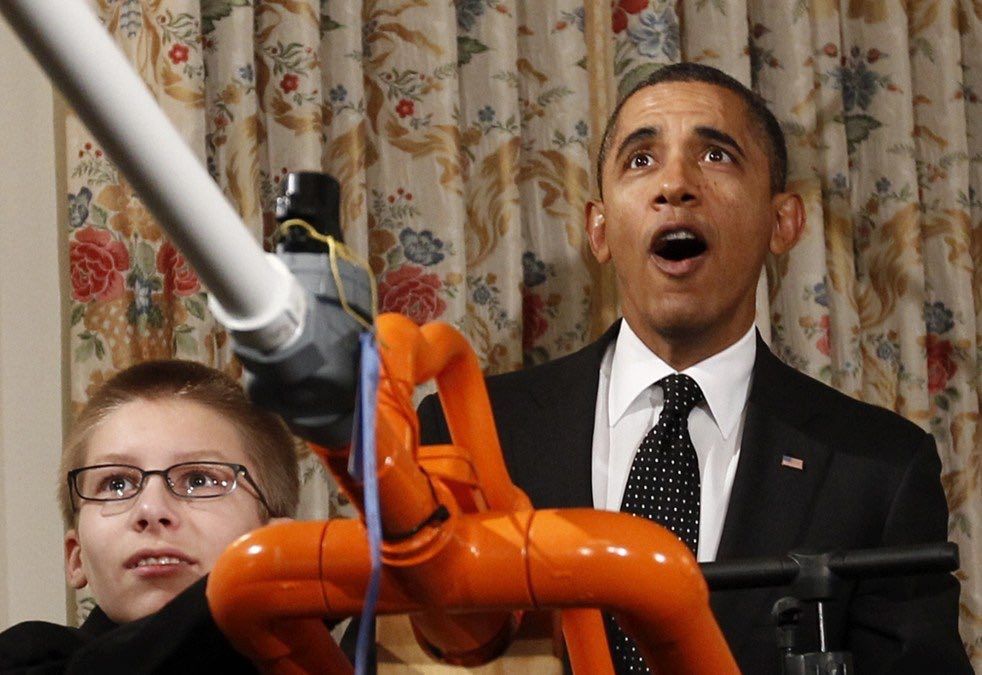Metastasis (spread of cancer) is one of the biggest challenges in cancer treatment. It is often not the original tumor that kills, but secondary growths. But a key question in cancer research has been how vulnerable cancer cells are able to survive once they break away from a tumor to spread around the body.
“Metastasis is currently incurable and remains one of the key targets of cancer research,” said lead researcher Stéphanie Kermorgant, PhD, from Barts Cancer Institut at Queen Mary University of London (QMUL). “Our research advances the knowledge of how two key molecules communicate and work together to help cancer cells survive during metastasis. We’re hoping that this might lead to the discovery of new drugs to block the spread of cancer within the body.”

The study, published in an open-access paper in Nature Communications, examined the changes that occur in cancer cells as they break away from tumors in cell cultures in mice and zebrafish. The research revealed a previously unknown survival mechanism in cancer cells and found that molecules known as “integrins” could be key.










